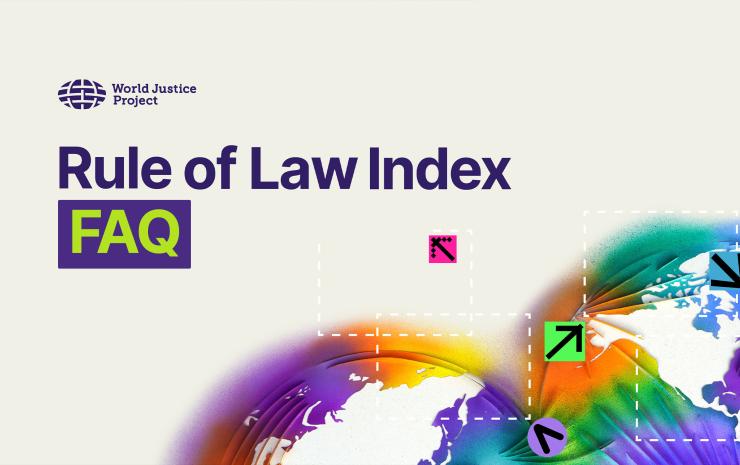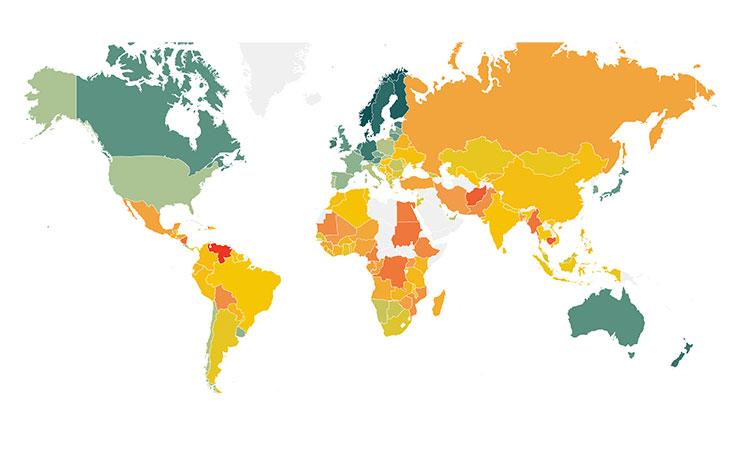
The rights of migrant workers have become one of the defining human rights issues in Southeast Asia, as the number of workers on the move has risen dramatically in recent decades. ASEAN member states are still very weak in protecting and promoting the rights of migrant workers, with government efforts in almost all countries to implement basic labour and social protection for migrant workers falling far short of the standards contained in core ILO Conventions and the 1990 UN Convention on the Protection of the Rights of All Migrant Workers and Members of Their Families.
Migrant worker issues cut across those affecting the rights of groups – women, children and ethnic minorities. For example, flows of female migrant workers are strongly concentrated in a very limited number of female-dominated occupations associated with traditional gender roles such as domestic workers or care-givers. Also, many of the migrant workers from surrounding countries in Thailand are from ethnic minority communities. A significant number of these migrants come as families, meaning circumstances frequently compel their children to work.
In 2005, the total number of migrant workers originating from ASEAN was estimated at about 13.5 million. Of these workers, a total of 39 percent, or 5.3 million people, are working in other ASEAN Member countries.[1] Intra-regional labour mobility is closely linked to ASEAN’s main agenda of economic integration. For example, 1.6 million of Myanmar’s workers are estimated to be abroad, 90 percent of them in other ASEAN member countries. The vast majority are in neighbouring Thailand, which has eight times Myanmar’s per capita income. Their remittances home to their families in Myanmar are significant and their contributions to the Thai economy are huge. It is estimated that the flow of migrant worker remittances from Thailand is $315 million per year while their contribution to the gross domestic product of the country approaches $2 billion.
An estimated 30-40% of total migration flows in Southeast Asia take place via unregulated recruitment channels. Malaysia and Thailand are the two major destinations for such migrants, hosting between them as many as 3 million undocumented migrants. Approximately two million undocumented migrant workers from Cambodia, Lao PDR and Myanmar are now believed to be present in Thailand. While the governments have taken various measures to reduce those numbers, both countries remain dependent on migrant workers in many sectors including agriculture, construction, and manufacturing.
The lack of effective regulatory frameworks for the protection of migrant workers, whether they are documented or undocumented, makes them vulnerable and frequently burdens them with poor working and living conditions. Mobility-related risks include poverty, vulnerability to sexual abuse and exploitation, dangerous working environments, under payment or non-payment of wages, inability to access basic preventative health or education services, and separation from social support structures.
ASEAN urgently needs to implement a new legal instrument for the protection and promotion of the rights of all migrant workers as the region fast tracks economic integration by 2015. A new deal is needed for all migrant workers in ASEAN, in which basic rights of workers are enforced, laws and policies are harmonized with international labour standards, and social protection assured for all workers and their families.
[1] Major sending countries: Philippines: 3.6 million; Indonesia: 2.3 million; Myanmar: 1.6 million. Major receiving countries: Malaysia: 1.9 million; Thailand: 1.9 million; Singapore: 1.2 million.






